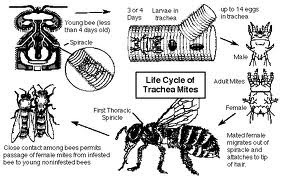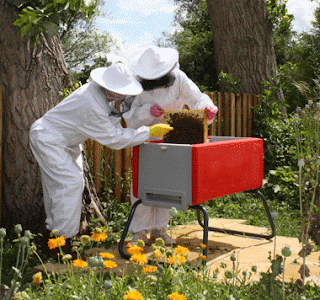There are several alternative, and quite old-fashioned treatments for wounds that have been slowly gaining in popularity after having fallen into disuse for many years.
Wound care continues to be a challenge today, and many standard treatments are just not providing the expected results. Wounds can become infected with bacteria that are resistant to the standard prescribed antibiotics. That continues to be a challenge.
One of these old-fashioned treatments that have once again started to become fashionable are apitherapy (honey therapy).
Honey has been used in treating wounds as far back as the ancient Egyptians, Greeks, Romans and Chinese, and probably even further back in time than that.
When applied directly to a wound or on a dressing, honey acts as a moisturizing sealant, and helps to keep contamination out.
Its high sugar content plus the vitamins and minerals it contains are thought to provide nutrients that are necessary for wound healing and new tissue growth.
In addition, honey has certain properties that draw fluid from the wound and kill bacteria.
There is an enzyme in honey, which when exposed to the oxygen in air, forms its own kind of hydrogen peroxide. It is also anti-bacterial and helps to cleanse the wound.
Honey can help debride, that is, remove dead or contaminated tissue----from a wound, and help it close.
Positive results have been reported at many randomized controlled trials around the world.
Honey seems especially promising as a wound dressing for cancer patients who have weakened immune systems and those patients who have chronic, stubborn wounds that refuse to heal.
Honey is used for treating children with burns. It is an ideal, and affordable, first aid dressing, especially in emergency situations, such as earthquakes. It is quite suitable for burn treatment, especially in areas where water used to cool the burn is contaminated.



 03:36
03:36
 magdy elhalawany
magdy elhalawany
















